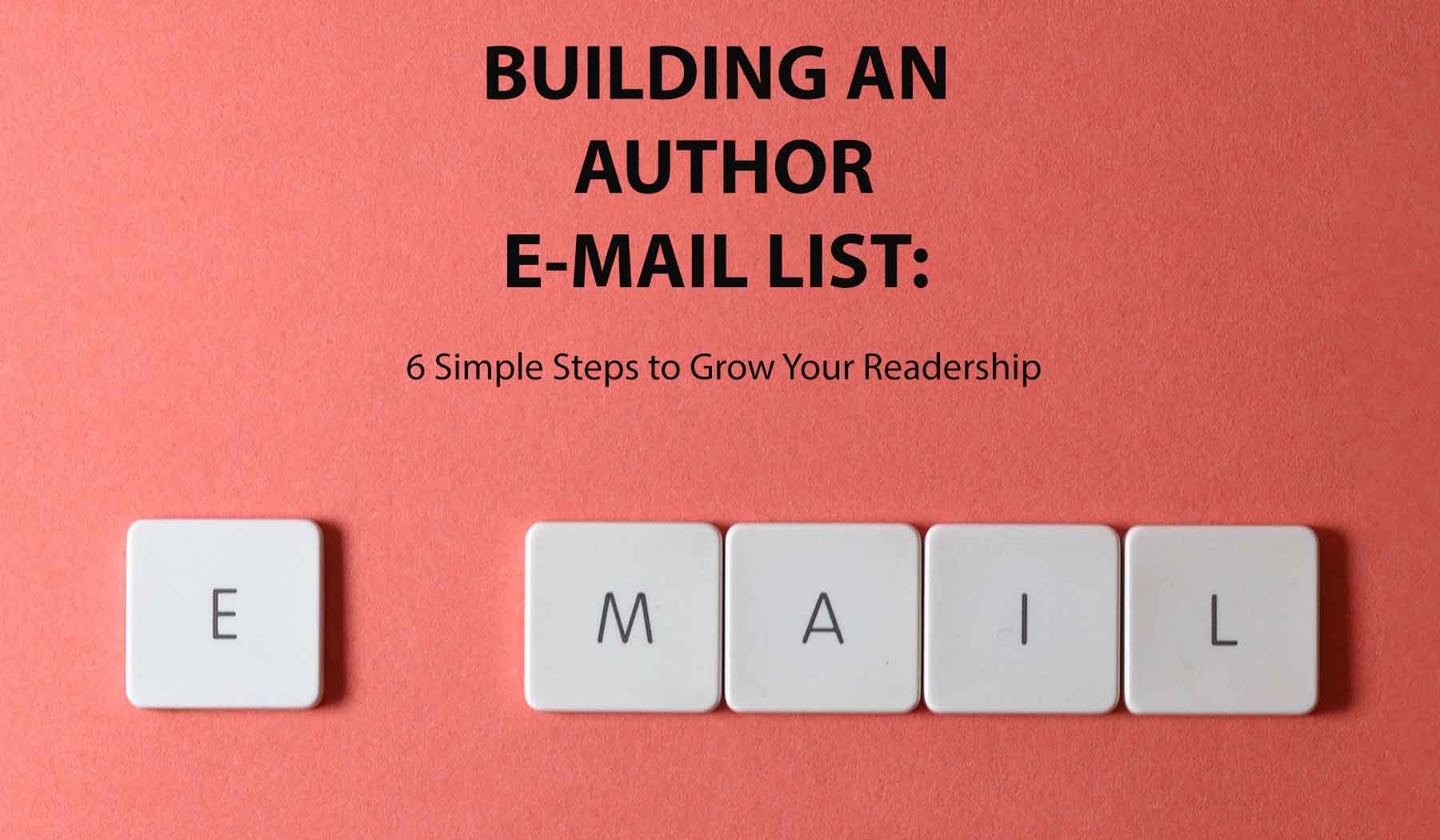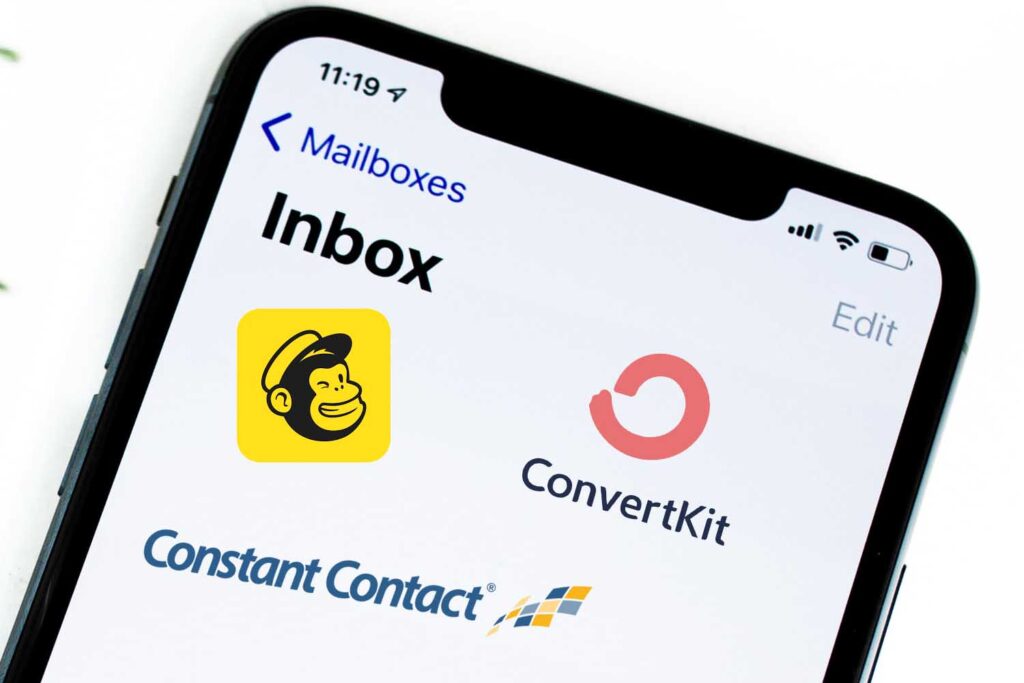As an author, building an email list is a crucial aspect of your marketing strategy.
An email list allows you to directly connect with your readers, promote your books, and build a loyal fanbase.
The following are six simple steps to effectively build and grow your author email list.
Step 1: Define Your Target Audience
Before you start building your email list, it’s essential to define your target audience.
Identifying the specific group of readers who are most likely to be interested in your books will help you tailor your marketing efforts and create compelling content.
Consider the following factors when defining your target audience:
- Demographics: Age, gender, location, and other relevant details.
- Interests: Genres, themes, and topics related to your books.
- Reading habits: Preferred formats (e.g., print or e-books), frequency of reading, etc.
Step 2: Choose an Email Marketing Service
To efficiently manage your author email list, you’ll need a reliable email marketing service.
There are several options available, but it’s important to choose one that suits your needs.
Consider the following factors when selecting an email marketing service:
- User-friendly interface: Look for a service with an intuitive interface that makes it easy to create and send emails.
- List management features: Ensure the service allows you to segment your list based on different criteria.
- Automation capabilities: Automation can save you time by sending targeted emails based on triggers or actions.
- Analytics and reporting: It’s crucial to track the performance of your email campaigns to make informed decisions.
Popular email marketing services include Mailchimp, ConvertKit, and AWeber.
Step 3: Create Compelling Lead Magnets
To entice readers to join your email list, you need to offer them something of value in return.
This is where lead magnets come in. A lead magnet is a free resource that readers receive when they sign up for your email list.
Consider the following ideas for compelling lead magnets:
- Exclusive content: Offer a free chapter, short story, or behind-the-scenes insights related to your books.
- Reader resources: Provide reading guides, book club discussion questions, or character profiles.
- Giveaways and contests: Hold exclusive giveaways or contests for your email subscribers.
Ensure that your lead magnets are relevant to your target audience and reflect the quality of your writing.
Step 4: Optimize Your Website for Email Sign-ups
Your author website is a powerful tool for capturing email sign-ups.
Implement the following strategies to optimize your website for lead generation:
- Clear call-to-action: Place an eye-catching sign-up form or button on your website’s homepage and other relevant pages.
- Placement: Position the sign-up form prominently above the fold to increase visibility.
- Compelling copy: Clearly communicate the benefits readers will receive by joining your email list.
- Privacy statement: Assure readers that their personal information will be kept secure and will not be shared.
Remember to regularly test different elements of your sign-up form to optimize its conversion rate.
Step 5: Leverage Social Media and Guest Blogging
Social media platforms are excellent channels for promoting your author email list. Leverage your social media presence by doing the following:
- Direct promotion: Regularly share your lead magnets and encourage followers to join your email list.
- Engage with your audience: Respond to comments, ask questions, and initiate discussions to foster a sense of community.
- Guest blogging: Write guest posts for relevant blogs and include links to your sign-up page within the content or author bio.
By expanding your reach through social media and guest blogging, you can attract more potential subscribers to your email list.
Step 6: Engage and Nurture Your Email Subscribers
Building an email list is not just about collecting email addresses; it’s about building meaningful relationships with your subscribers.
Here are some strategies to engage and nurture your email subscribers:
- Consistent and valuable content: Regularly send out newsletters or updates with content that provides value to your subscribers. This can include book recommendations, writing tips, exclusive sneak peeks, or personal anecdotes.
- Personalization: Use email marketing tools to address your subscribers by their first name and segment your list based on their preferences or behavior. This personal touch helps create a sense of connection.
- Exclusive perks: Offer exclusive discounts, early access to new releases, or special promotions to your email subscribers. Providing unique benefits encourages loyalty and incentivizes readers to stay subscribed.
- Two-way communication: Encourage your subscribers to engage with you by asking for feedback, responding to their emails personally, or even conducting surveys. Actively listening and responding to your subscribers helps build trust and a sense of community.
Remember, building an engaged email list takes time and consistent effort. Stay dedicated to providing value and fostering a genuine connection with your subscribers.
Building an author email list is a powerful way to connect with your readers, promote your books, and cultivate a loyal fanbase.
By following these six simple steps, you can effectively build and grow your email list:
- Define your target audience.
- Choose an email marketing service.
- Create compelling lead magnets.
- Optimize your website for email sign-ups.
- Leverage social media and guest blogging.
- Engage and nurture your email subscribers.
Remember, building an email list is an ongoing process.
Continually analyze your results, make adjustments when necessary, and always focus on providing value to your subscribers.
With time and dedication, your author email list will become an invaluable asset for your writing career.










